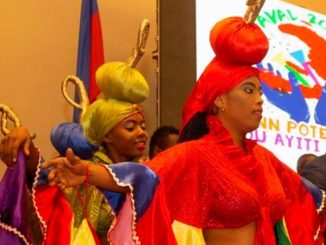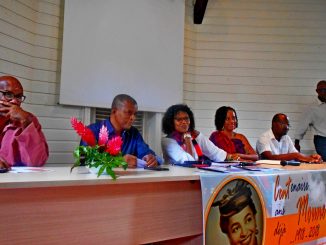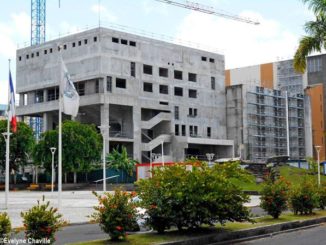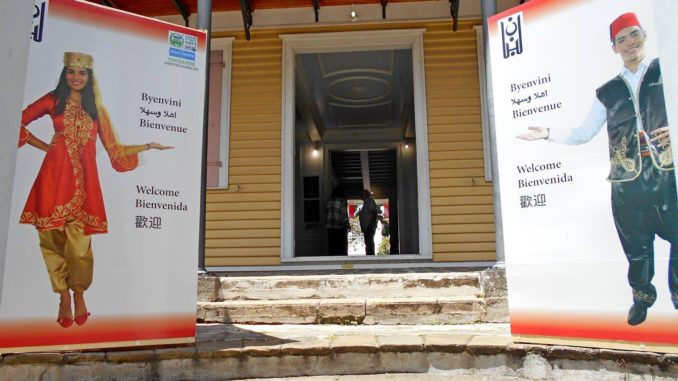
From March 12 to 18, the Pavillon de la Ville hosted “The Lebanese Cultural Week” as part of the program called “Plural Identities”, launched by the cultural department of the city council of Pointe-à-Pitre. This event which helped to better understand one of the components of Guadeloupean society was a success.
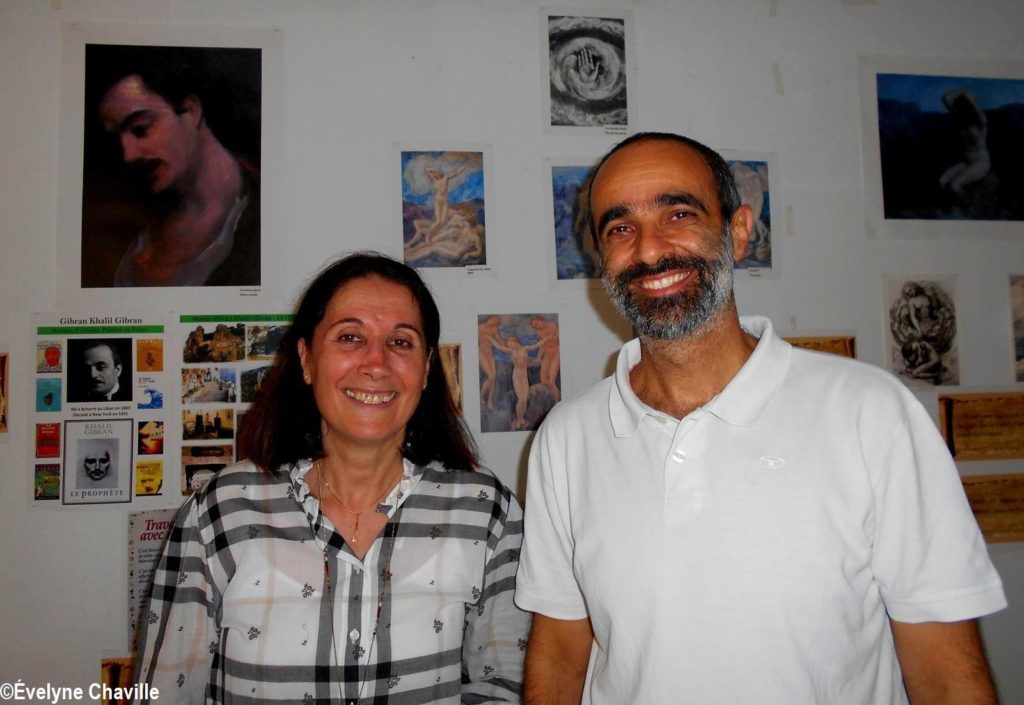
More than thirty years ago, Lebanon was making front page news in Guadeloupe and throughout the world because of the terrible war that was taking place there. Locally, it had so much left its mark on people’s minds that a new residence in the municipality of Gourbeyre, built at that time, had even been nicknamed “Libanon City” or “Beirut” because of the problems between neighbours that forced the gendarmes to intervene there very often… Even if the inhabitants of this residence live in peace for years, the nicknames remained… Even today, when the press talk about Lebanon it is mostly for the fragile political situation in this Middle East region.
The “Lebanese cultural week” which took place from March 12 to 18 was an opportunity for all Lebanese and Guadeloupeans of Lebanese origin to show another image, a positive image of their country or their parents and grandparents homeland. A real trip was offered to many visitors to discover the “Country of the Cedar” from the Phoenician times – this ancient people who lived where is currently located Lebanon and invented, in particular, an alphabet used in the Greek and Aramaic alphabets – to the present.
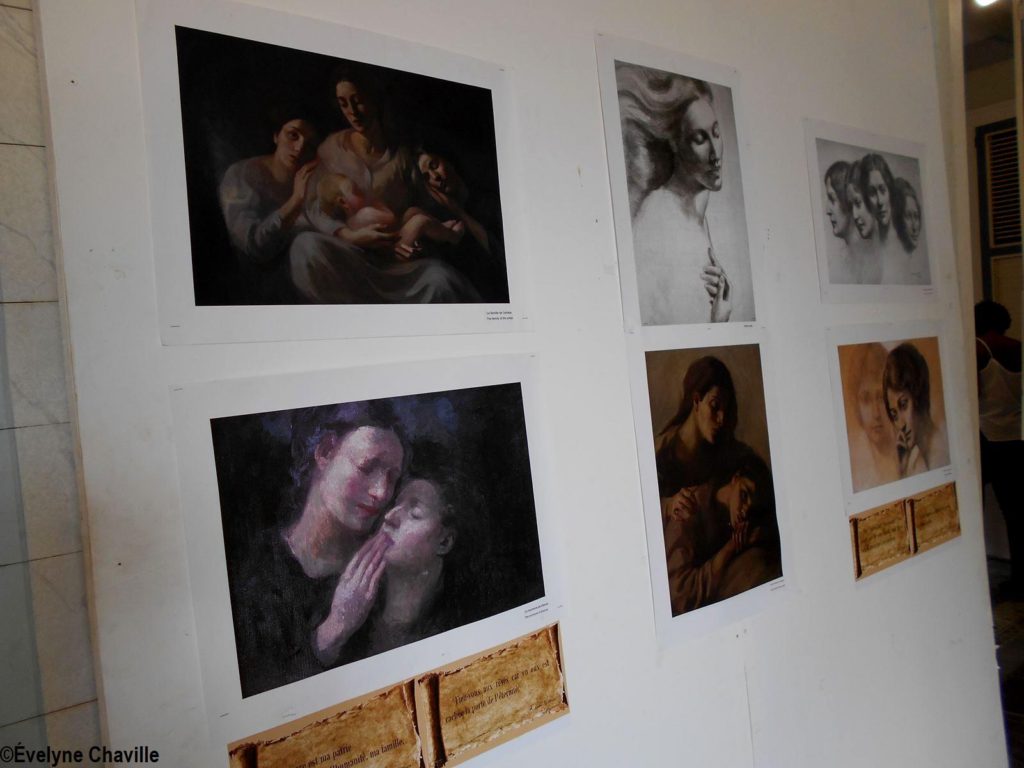
Guadeloupe, a second homeland
Rita Torbay is one of the people who worked to make this cultural event a success. She is of Lebanese origin and she has been living in Guadeloupe for 47 years. Although she returns to Lebanon, this island of the Caribbean became her second homeland. “I have been here for so many years, Guadeloupe is now my home, I never encountered racism here. I am perfectly well integrated into Guadeloupean society, my grandson whom I raised is mixed race (…)”, she says.
Five months were necessary to prepare this “Lebanese cultural week”. An artist (writer, poet and painter) was honoured. It was Khalil Gibran who was born in Bcharre in Lebanon in 1883 and died in New York in 1931. Several of his pictorial works like his self-portrait, the portrait of his sister Sultana, “Two Crosses”, “Centaur and child”, “Woman discovering nature”, “Children and presence of desappeared maternity” or “The divine world” were exhibited. Hundreds of objects which belong to families of Lebanese origin living in Guadeloupe were displayed on the ground floor as well as on the first floor of the Pavillon de la Ville. They included, in particular, clothing, cooking, currency, music, literature, religion or the rich historic past of Phenicia.
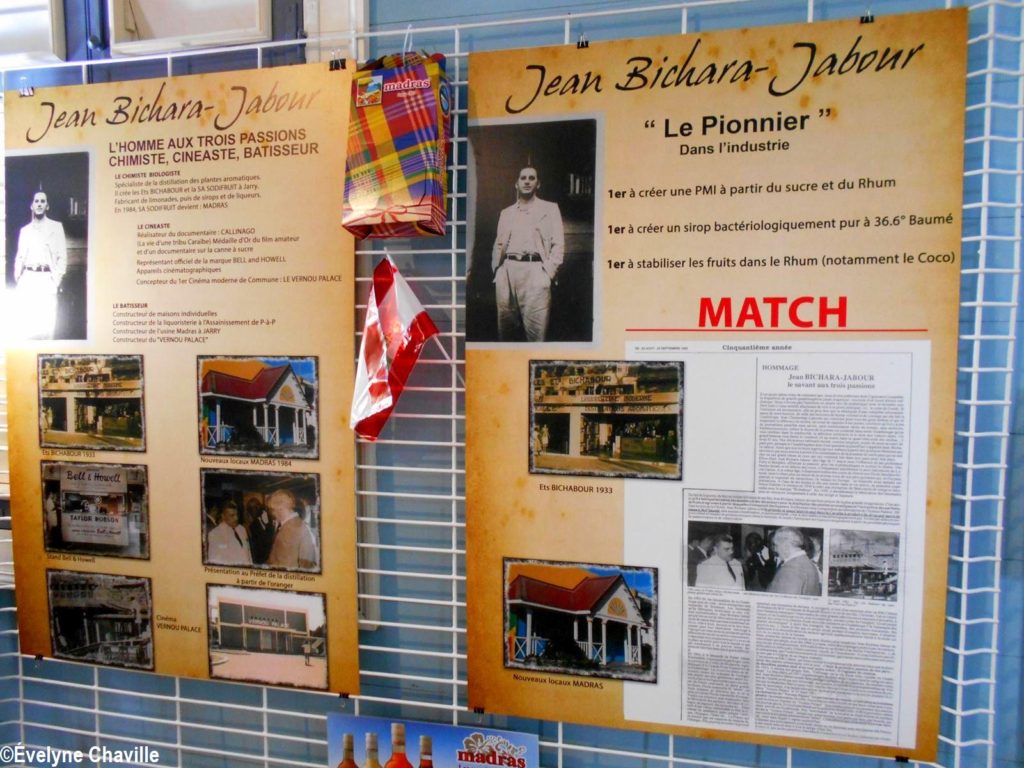
A big collective exhibition
Several Lebanese figures around the world were also presented among them Renault-Nissan Chief Executive Officer Carlos Ghosn, Nasa Director Charles Elachi, actors Omar El-Sharif, Keanu Reeves and Salma Hayek, singers Paul Anka, Guy Béart, Shakira and Francis Lalanne, journalists Charles Villeneuve, Antoine Sfeir and Léa Salamé, football coach Mario Zagallo, poet and writer Venus Khoury-Ghata etc. At the local level, there were singer, composer, performer and producer Henri Debs, chemist, filmmaker and builder Jean Bichara-Jabour or Patrick Karam, now Vice president of the Regional Council of Île-de-France.
“The Libanese in Guadeloupe represent 1,500 to 2,000 people. Everyone was very generous. Everyone participated in this exhibition by bringing something from home, the only things we bought were copies of Gibran’s works of art; they are sold at the Gibran Museum in Lebanon”, says Rita Torbay.
During this “Lebanese cultural week” many Guadeloupeans went to meet the Lebanese they rub shoulders without really knowing them and to become better acquainted with one of the components of our society for 152 years.
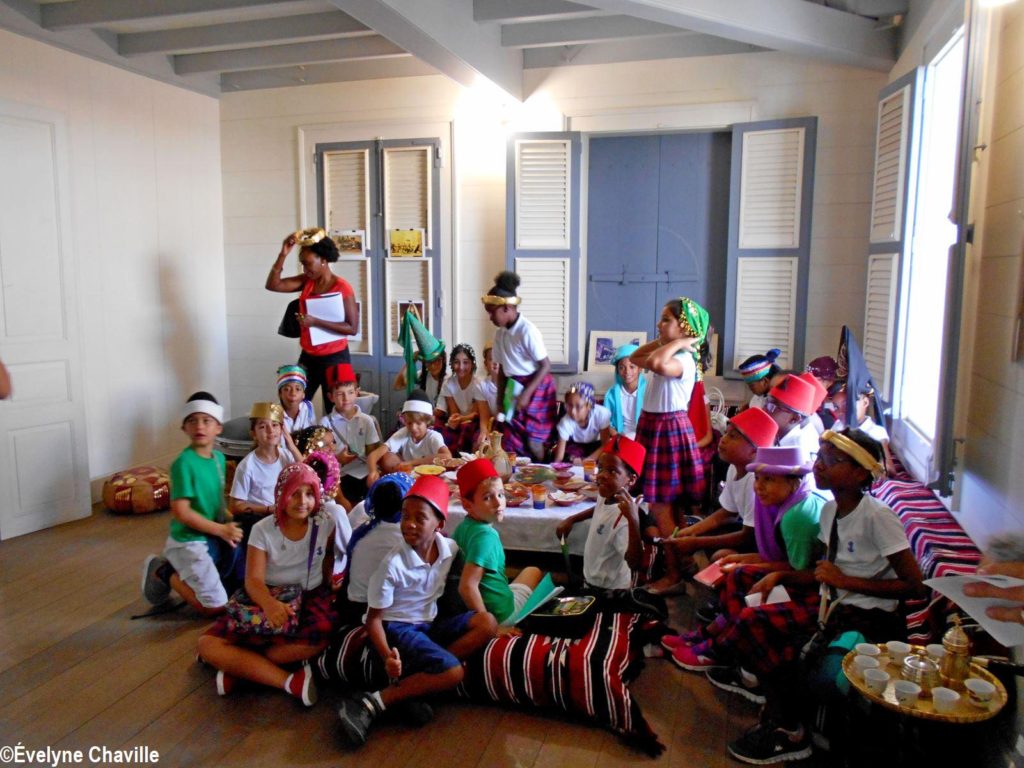
Culture to break down barriers
“We are very pleased with the success of this “Lebanese cultural week”, the city hall of Pointe-à-Pitre was also a great help. Before, when we organized events, we invited especially officials such as the Prefect, Mayors, but Father Nicolas Taza who is also the President of the association “Mission Saint-Charbel Guadeloupe” asked us to meet everybody, to participate in this week that is open to all. I am very happy because many Guadeloupeans – tourists too – came to meet us and discover the country where we come from, Lebanon, and our culture.When you know who is the other one, relationships are easier”, she explains.
Schoolchildren also came to visit this major exhibition, they asked lots of questions and they even learned how to write their names in Arabic. Two conferences on the themes of “Khalil Gibran’s works” and “Lebanon” were organized and attracted large audiences. Among the artistic activities, there was, on Saturday, March 17, a “dabke” or “dabkeh” show, a traditional Lebanese dance.
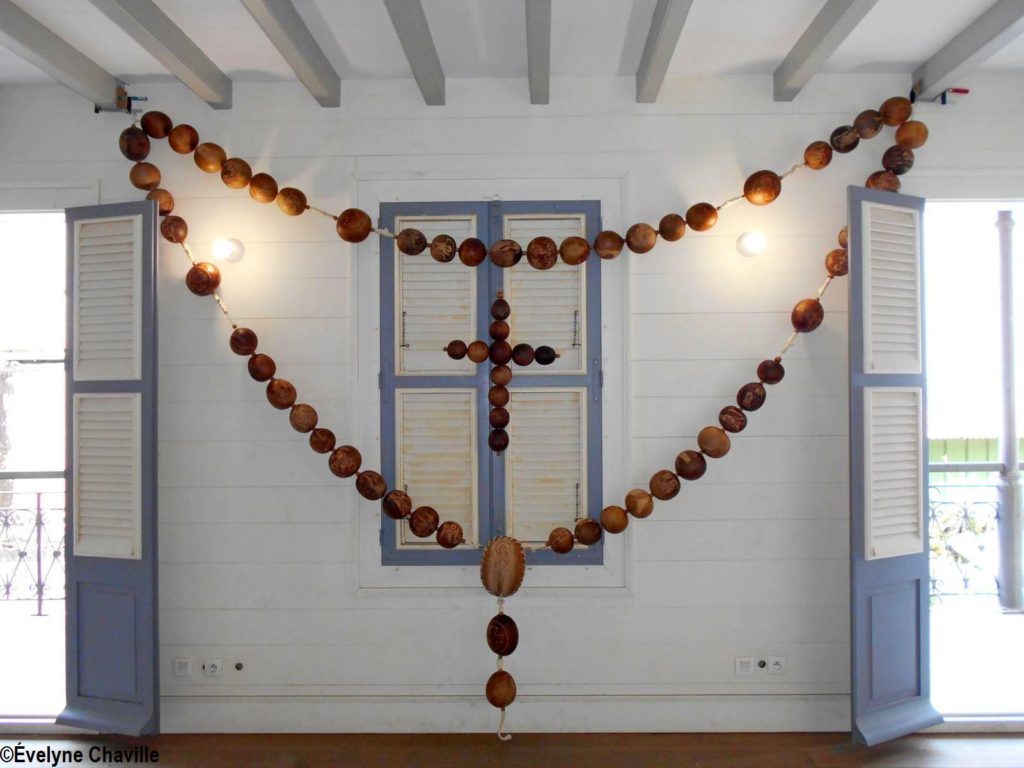
Lebanon, a holy land
The next day (Sunday), this “Lebanese cultural week” ended with a mass celebrated by Father Taza according to the Maronite rite which has three parts in Aramaic (language spoken by Christ) namely the beginning of the mass, the second part and the consecration. Moreover, during this exhibition, the organizers wished to show that Lebanon is a holy land. Indeed, a room was dedicated to religion with, among others, biblical scenes in pictures, a poster entitled “On the steps of Jesus in South Lebanon”, a table full of religious objects and a big rosary made with calabashes, a beautiful work by Guadeloupean artist Zak Tikan. “Christ preached in southern Lebanon, the Virgin Mary stayed in Mantara, where she was waiting for her son when he was going to preach in the area (…)”, says Rita Torbay.
The “Libanese cultural week” should be renewed to allow everyone to discover the wealth of this country whose first nationals arrived in Guadeloupe in 1866.
























































